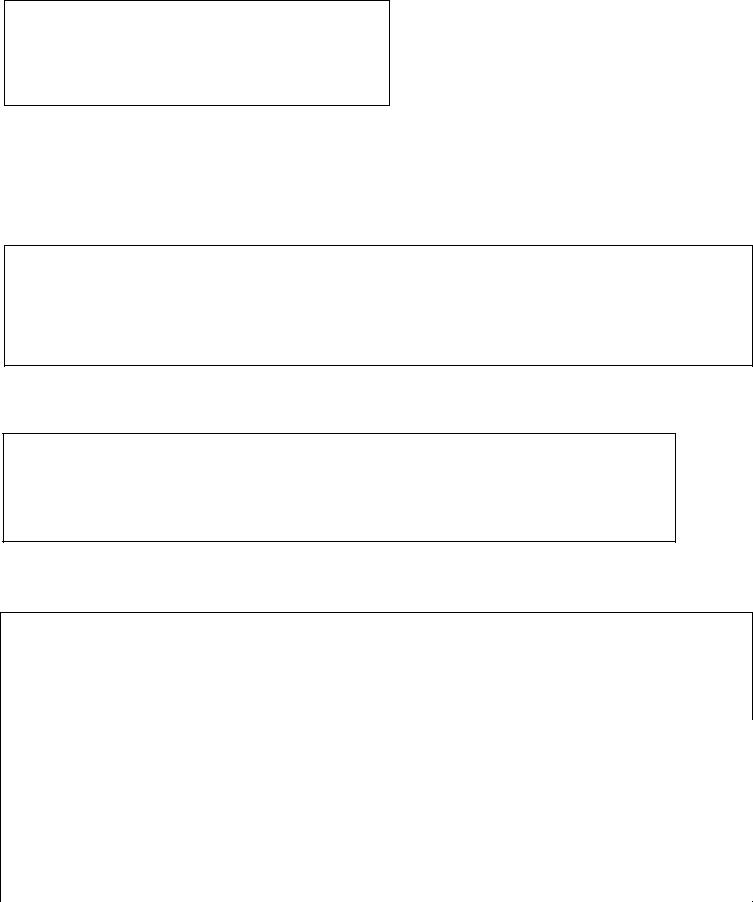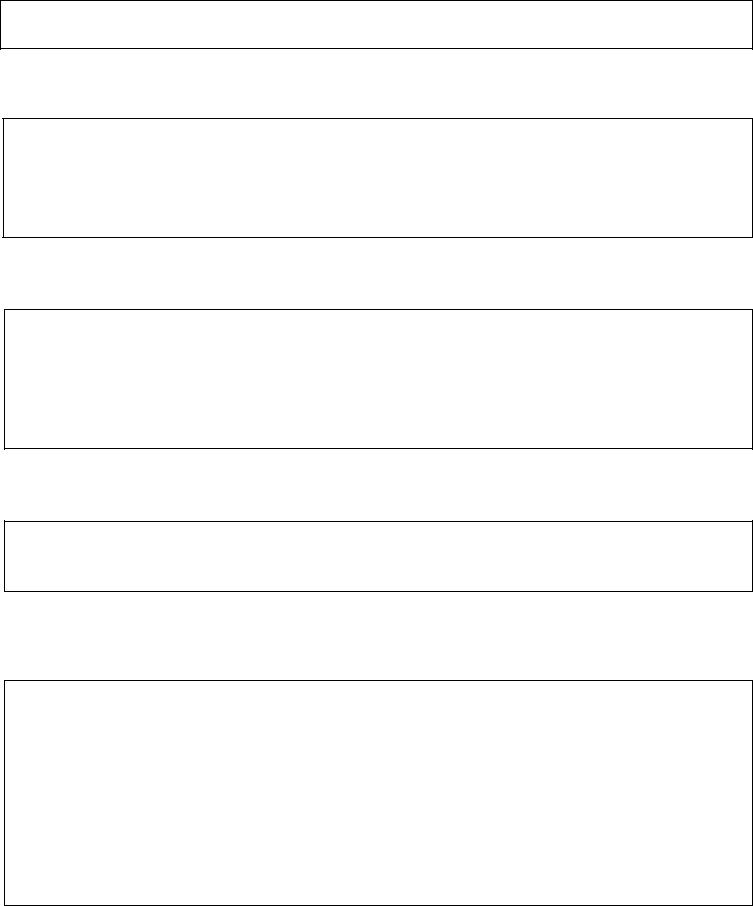Makita BL1860B User Manual

SECTION 1. CHEMICIAL PRODUCT AND COMPANY NAME
Lithium-Ion Rechargeable Battery Pack
BL1860B
Safety Data Sheet
Complies with the OSHA Hazard Communication Standard :
29 CFR 1910 1200
Makita U.S.A., Inc. |
|
Prepared By : |
Stan Rodrigues |
14930-C Northam Street |
|
|
|
La Mirada, CA 90638 |
|
Date Revised: |
04/21/2020 |
EMERGENCY CONTACT INFORMATION
Telephone Number for Information: MAKITA: 1-510-657-9881
Emergency Response
For Chemical Emergency
Spills, Leak, Fire, Exposure, or Accident
Call CHEMTREC Day or Night
Within USA and Canada 1-800-424-9300
SECTION 2. HAZARD IDENTIFICATION:
The product is a Lithium ion battery and is therefore classified as an article and is not hazardous when used according to the recommendations of the manufacturer. The hazard is associated with the contents of the cell or battery. Under recommended use conditions, the electrode materials and liquid electrolyte are nonreactive.
SECTION 3. COMPOSITION, INFORMATION OR INGREDIENTS:
IMPORTANT NOTE:
The battery should not be opened or burned since the following ingredients contained within the battery that could be harmful under some circumstance if exposed or misused.
The cell contains neither metallic lithium nor lithium alloy.
Common chemical name / General name |
CAS number |
Concentration /Concentration range |
|
|
|
Lithium Nickel Cobalt Oxides |
12031-65-1 |
38% |
|
|
|
Graphite |
7782-42-5 |
18% |
|
|
|
Ethylene Carbonate |
96-49-1 |
3% |
|
|
|
Dimethyl Carbonate |
616-38-6 |
7% |
|
|
|
Lithium hexafluorophosphate |
21324-40-3 |
3% |
|
|
|
Aluminum |
7429-90-5 |
4% |
|
|
|
Copper |
7440-50-8 |
12% |
|
|
|
Iron |
7439-89-6 |
15% |
|
|
|
1

CONTINUED: SECTION 3. COMPOSITION, INFORMATION OR INGREDIENTS:
UN number: UN3480
Watt-hour rating: 11.3 Wh / 10.8 Wh (Nominal / Rated)
SECTION 4. FIRST AID MEASURE:
The product contains organic electrolyte. In case of electrolyte leakage from the battery, actions described below are required.
Eye contact: |
Flush the eyes with plenty of clean water for at least 15 minutes immediately, without rubbing, and call a doctor. If |
|
appropriate procedures are not taken, this may cause an eye irritation. |
Skin contact: |
Wash the contact areas off immediately with plenty of water and soap. If appropriate procedures are not taken, this may |
|
cause sores on the skin. |
Inhalation: |
Remove to fresh air immediately, and call a doctor. |
SECTION 5. FIRE FIGHTING MEASURES:
•Use specified extinguishers (gas, foam, powder) and extinguishing system under the Fire Defense Law.
•Since corrosive gas may be produced at the time of fire extinguishing, use an air inhalator when danger is predicted.
•Use a large amount of water as a supportive measure in order to get cooling effect if needed. (Indoor/outdoor fire hydrant)
•Carry away flammable materials immediately in case of fire.
•Move batteries to a safer place immediately in case of fire.
SECTION 6. ACCIDENTAL RELEASE MEASURES:
•Wipe off with dry cloth
•Keep away from fire
•Wear safety goggles, safety gloves as needed
SECTION 7. HANDLING AND STORAGE:
Storage: |
Store within the recommended limit of -20°C to 45°C (-4°F to 113°F), well-ventilated area. |
|
Do not expose to high temperature (60°C/140°F). Since short circuit can cause burn hazard or safety vent to open, do |
|
not store with metal jewelry, metal covered tables, or metal belt. |
Handling:
Charging:
Discharging:
Disposal:
Caution:
Do not disassemble, remodel, or solder. Do not short + and - terminals with a metal. Do not open the battery.
Refer to the charger instruction manual.
Discharge within the limits of -20°C to 60°C (-4 °F to 140°F) temperature.
Dispose in accordance with applicable federal, state and local regulations.
Fire, Explosion, and Severe Burn Hazard. Do not Crush, Disassemble, Heat Above 100°C/212°F, or Incinerate.
2
